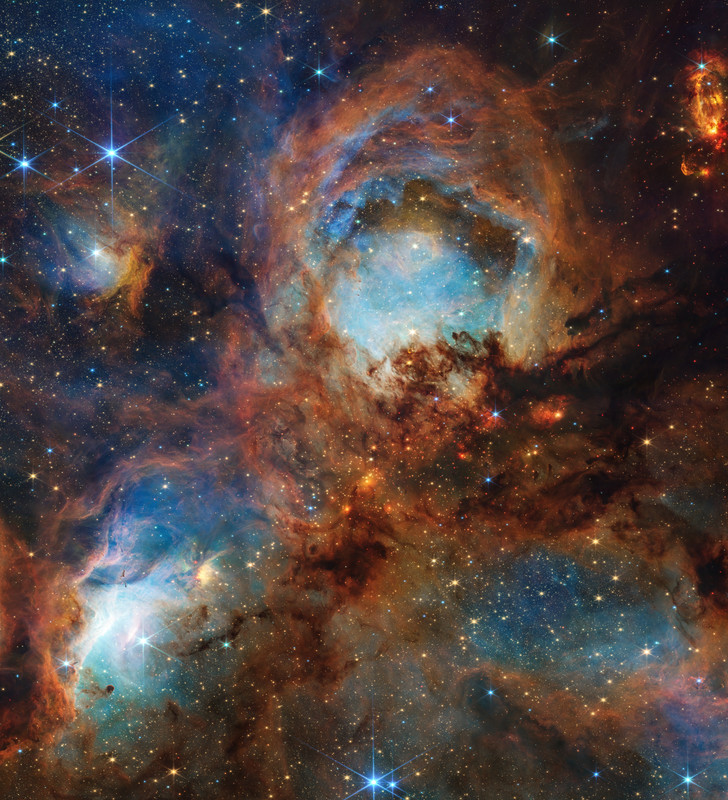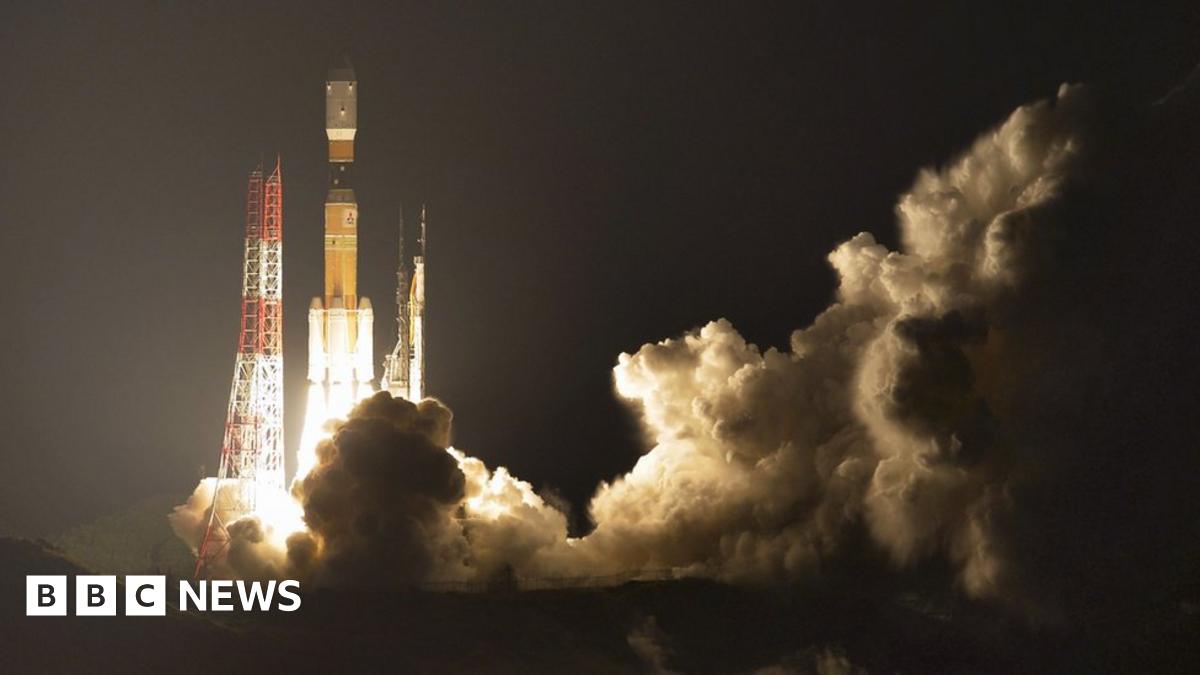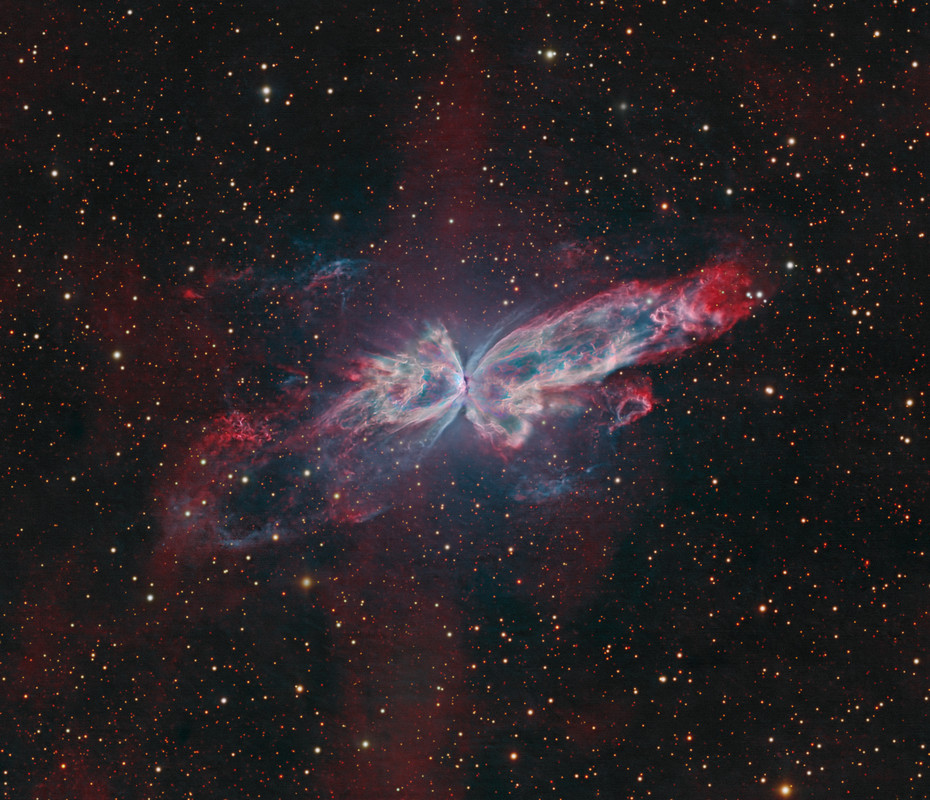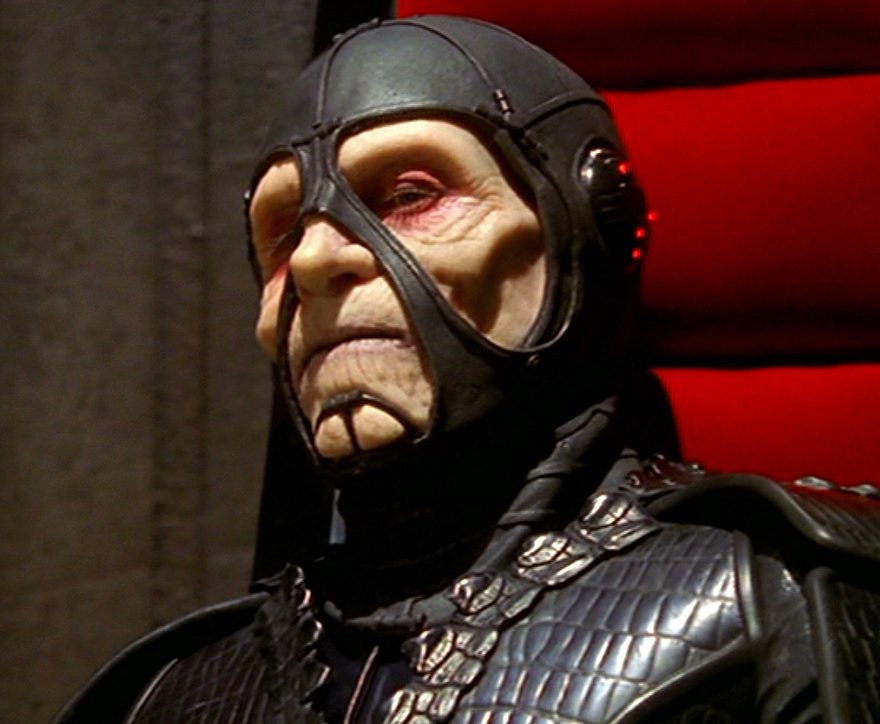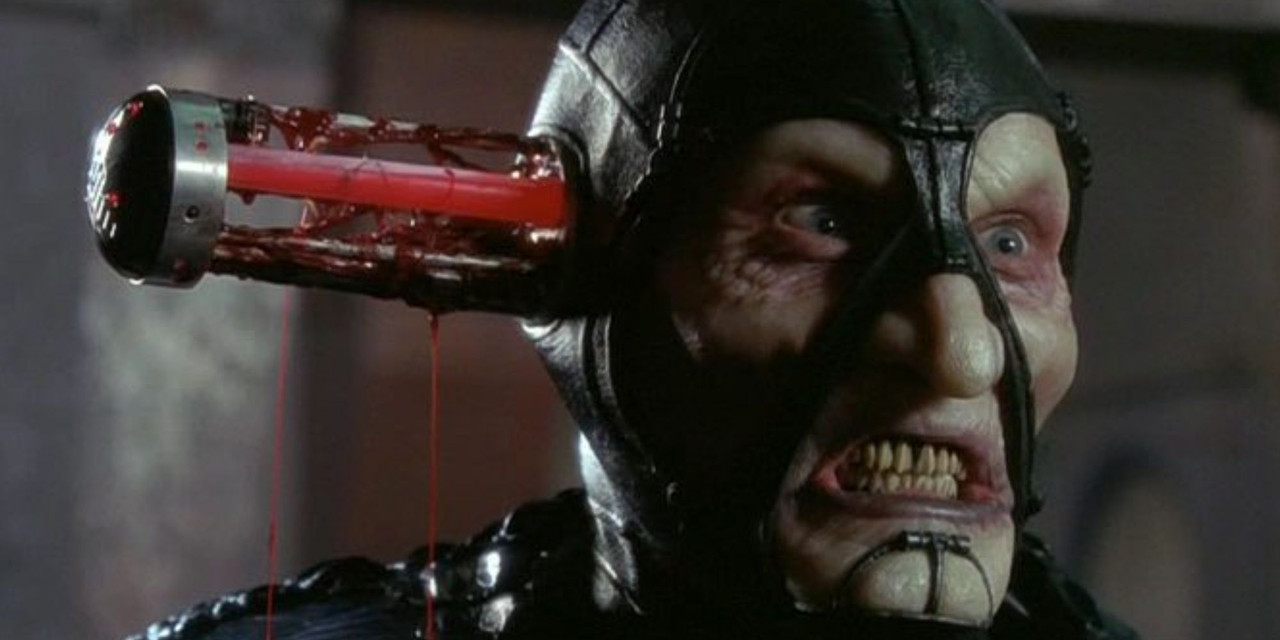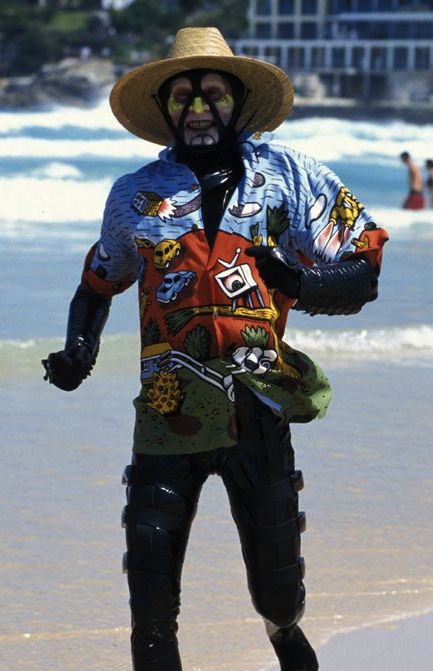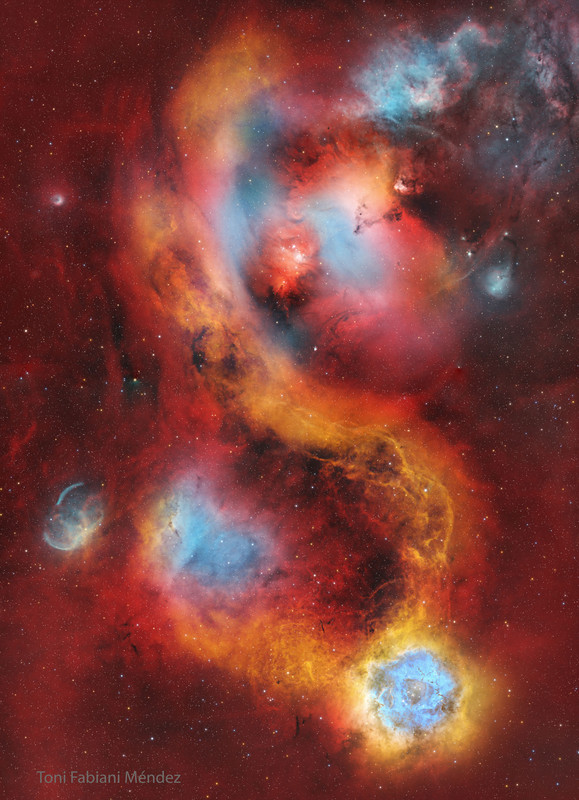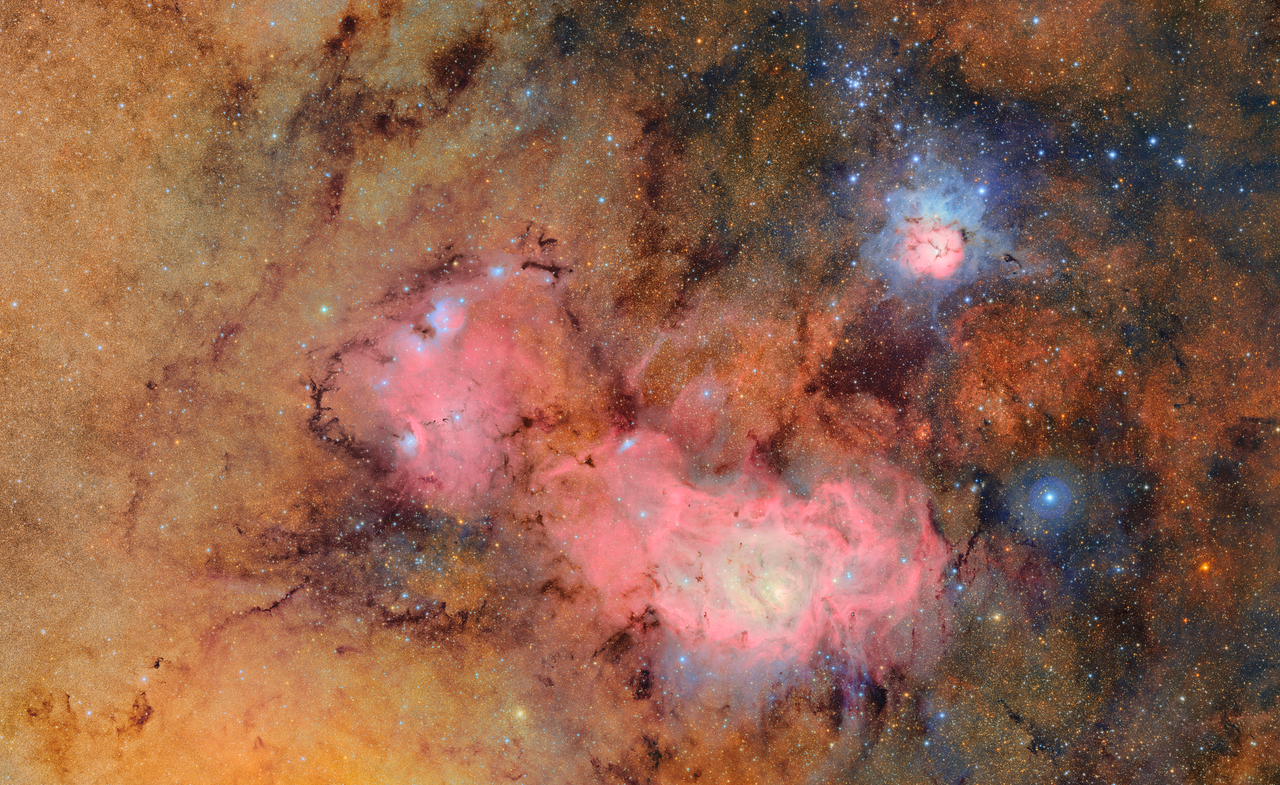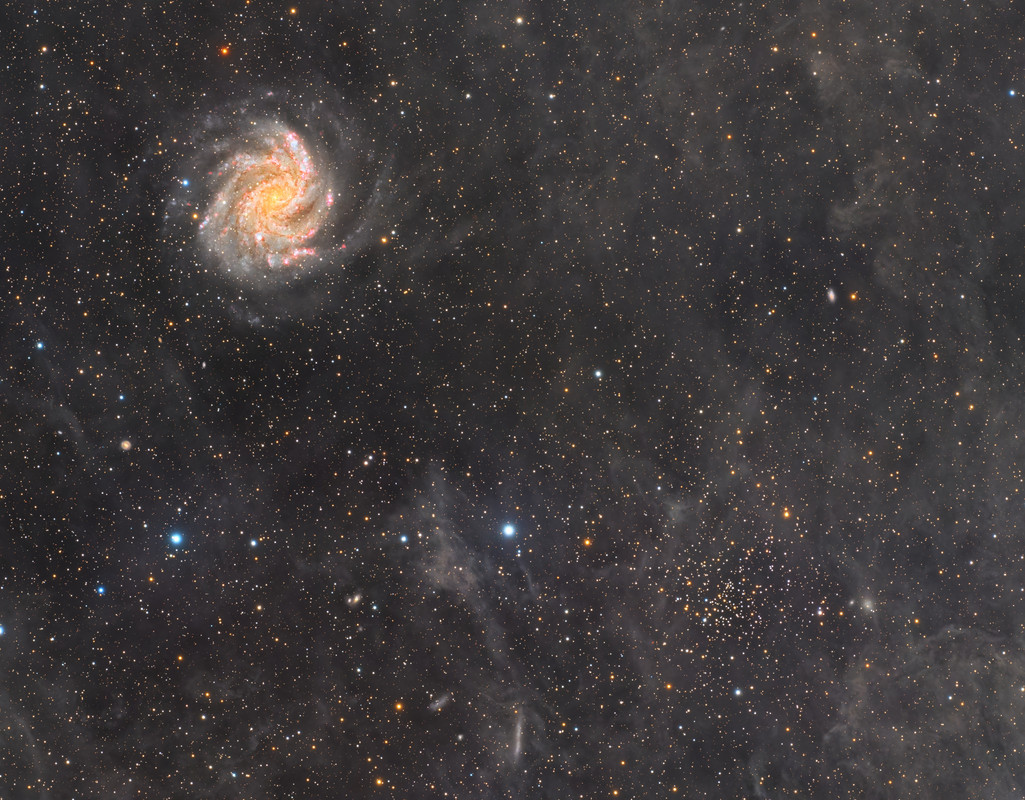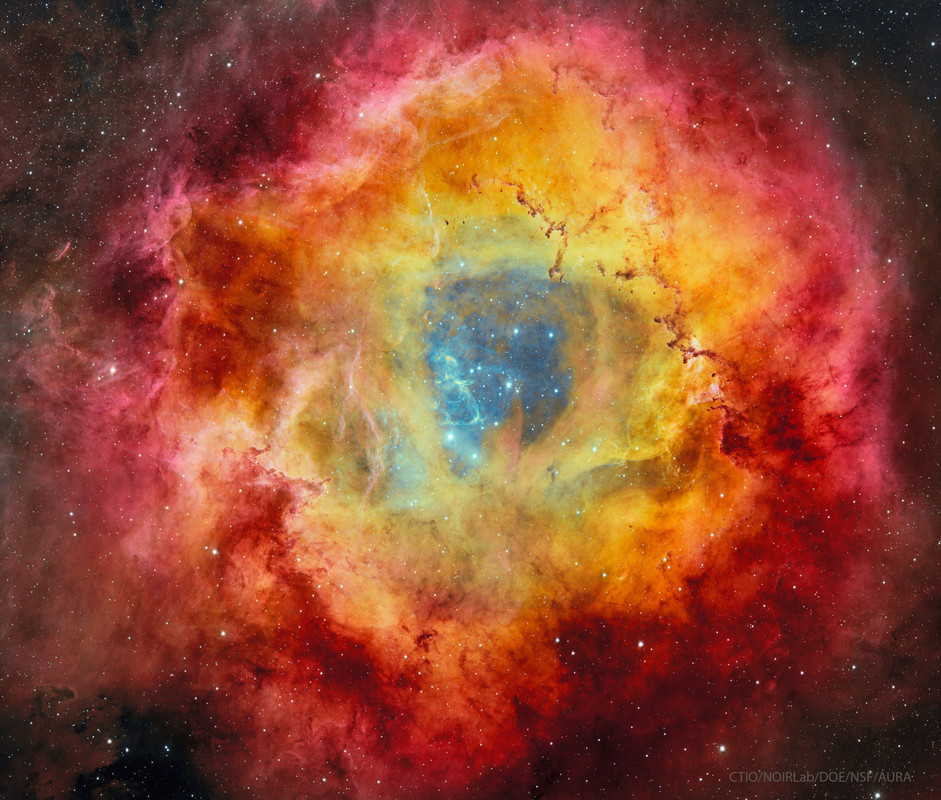The first four are the first images from the new Vera C. Rubin Observatory
Made from over 1100 images captured by NSF-DOE Vera C. Rubin Observatory, this image contains an immense variety of objects, demonstrating the broad range of science Rubin will transform with its 10-year Legacy Survey of Space and Time. The image includes about 10 million galaxies, roughly .05% of the approximately 20 billion galaxies Rubin Observatory will capture over the next decade.

This image captures a small section of NSF–DOE Vera C. Rubin Observatory’s view of the Virgo Cluster, revealing both the grand scale and the faint details of this dynamic region of the cosmos. Bright stars from our own Milky Way shine in the foreground, while a sea of distant reddish galaxies speckle the background.
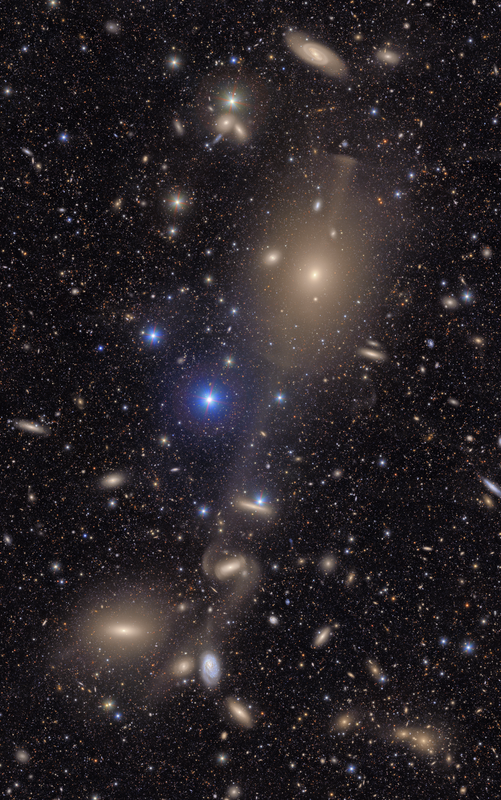
This image captures a small section of NSF–DOE Vera C. Rubin Observatory’s view of the Virgo Cluster, offering a vivid glimpse of the variety in the cosmos. Visible are two prominent spiral galaxies, three merging galaxies, galaxy groups both near and distant, stars within our own Milky Way, and much more.
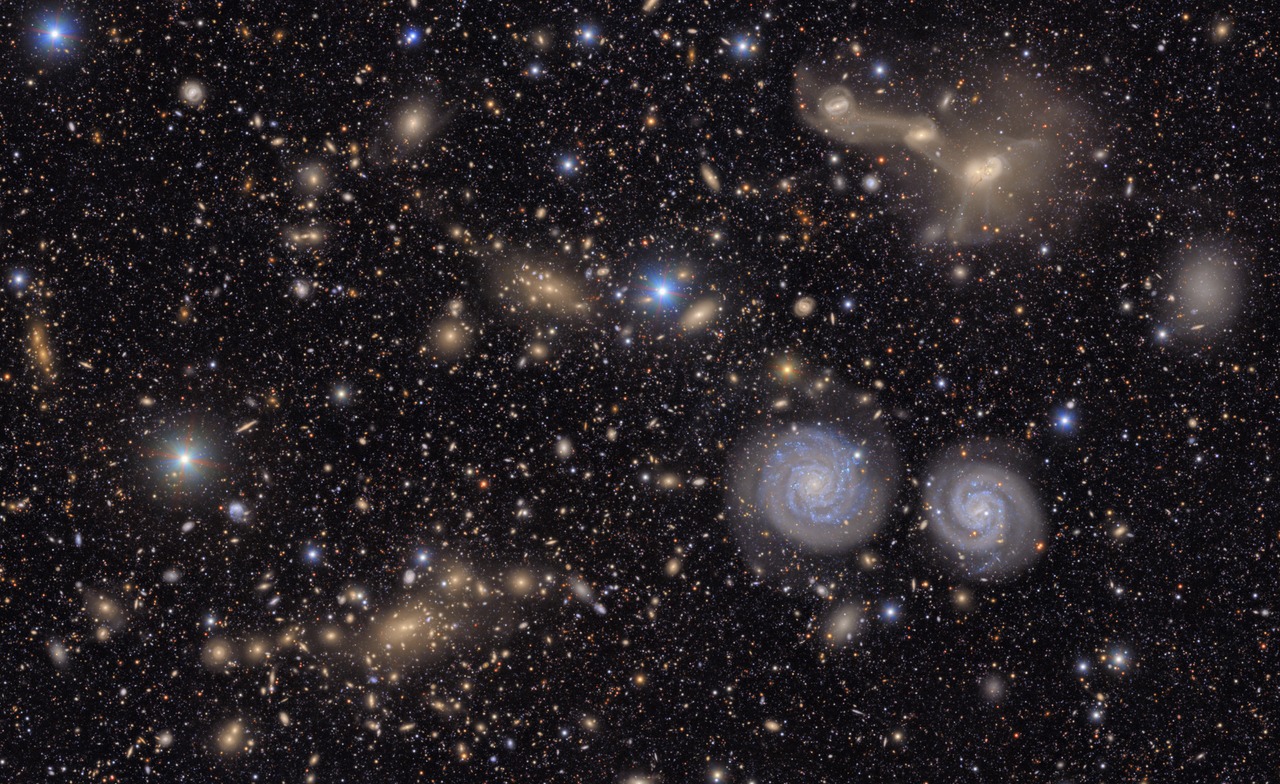
This image combines 678 separate images taken by NSF–DOE Vera C. Rubin Observatory in just over seven hours of observing time. Combining many images in this way clearly reveals otherwise faint or invisible details, such as the clouds of gas and dust that comprise the Trifid nebula (top) and the Lagoon nebula, which are several thousand light-years away from Earth.
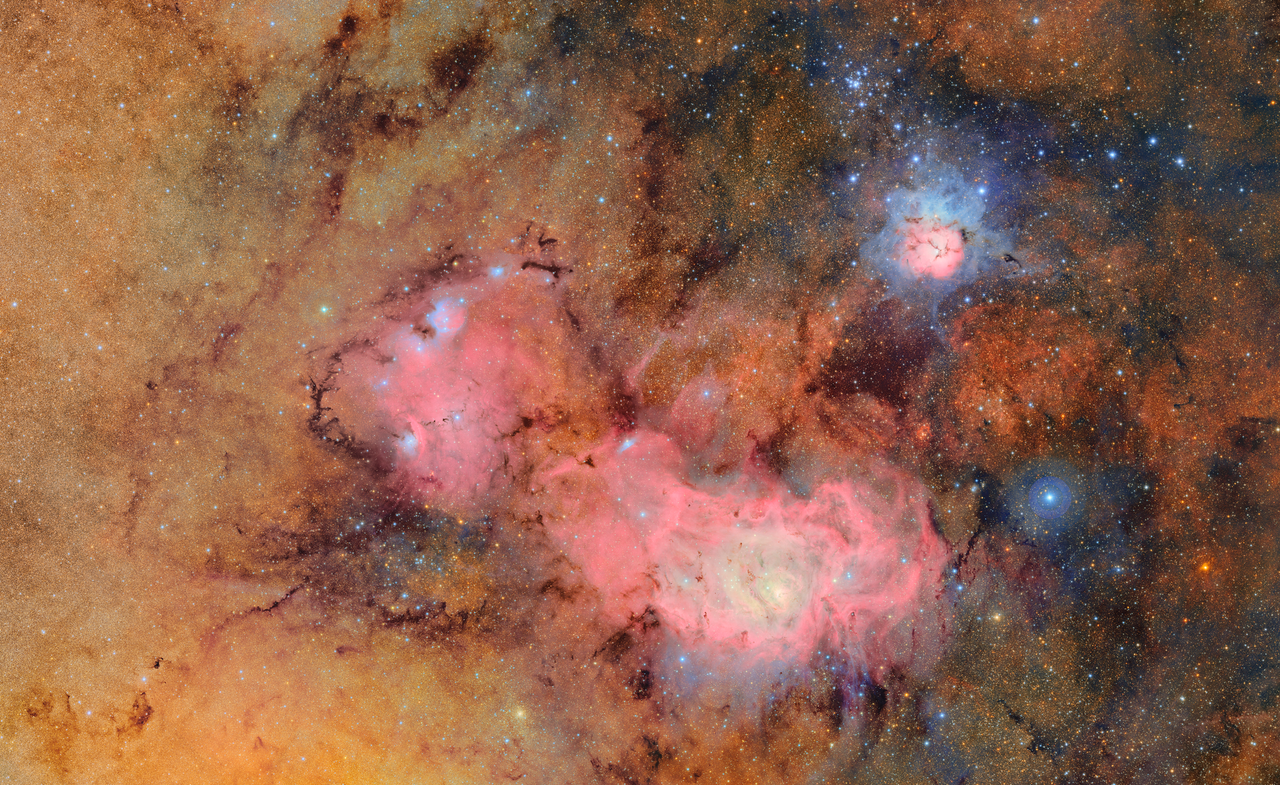
The Bullet Cluster is made up of two very massive collections of galaxies, known as galaxy clusters, that are themselves bound by gravity. This cluster is found in the Carina constellation 3.8 billion light-years from Earth.
The NASA/ESA/CSA James Webb Space Telescope captured the central region of the Bullet Cluster with its NIRCam (Near-Infrared Camera). The scene contains two massive galaxy clusters that sit on either side of the large, light blue spiral galaxy at the center. Webb’s extremely precise images revealed many more distant galaxies and faint objects, allowing a research team to refine the amount of mass in the two galaxy clusters.
This image spans roughly 6.3 million light-years across. It was created with Webb data captured on 20 January 2025 from proposal #4598 (PI: M. Bradac). Several filters were used to sample specific wavelength ranges.
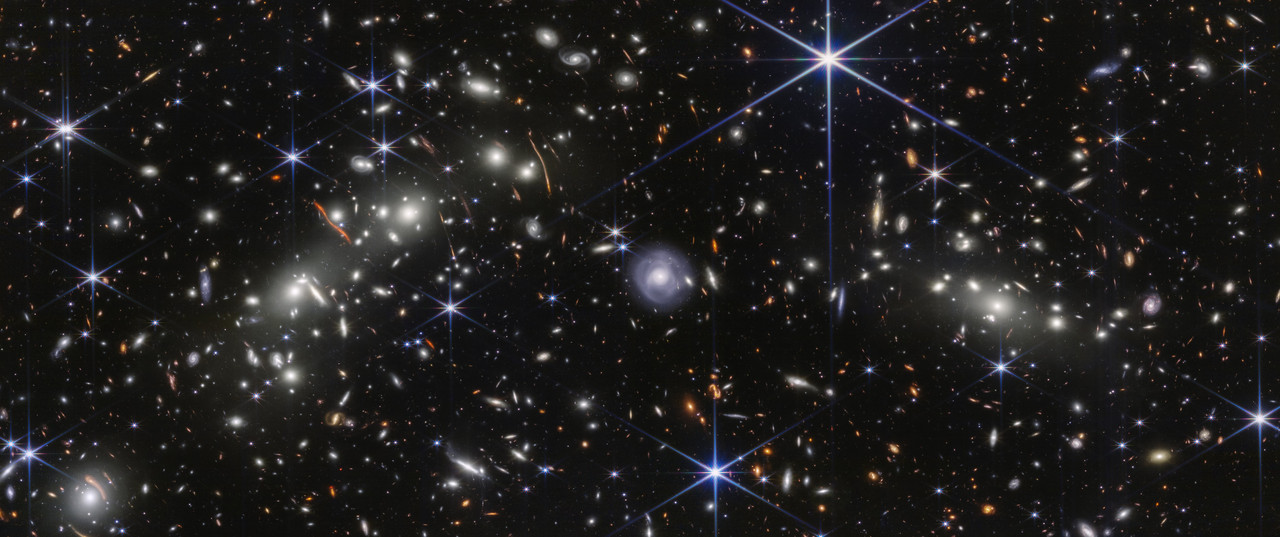
The sixth object in Charles Messier's famous catalog of things which are not comets, Messier 6 is a galactic or open star cluster. A gathering of 100 stars or so, all around 100 million years young, M6 lies some 1,600 light-years away toward the central Milky Way in the constellation Scorpius. Also cataloged as NGC 6405, the pretty star cluster's outline suggests its popular moniker, the Butterfly Cluster. Surrounded by diffuse reddish emission from the region's hydrogen gas the cluster's mostly hot and therefore blue stars are near the center of this colorful cosmic snapshot. But the brightest cluster member is a cool K-type giant star. Designated BM Scorpii it shines with a yellow-orange hue, seen near the end of one of the butterfly's antennae. This telescopic field of view spans nearly 2 Full Moons on the sky. That's 25 light-years at the estimated distance of Messier 6.
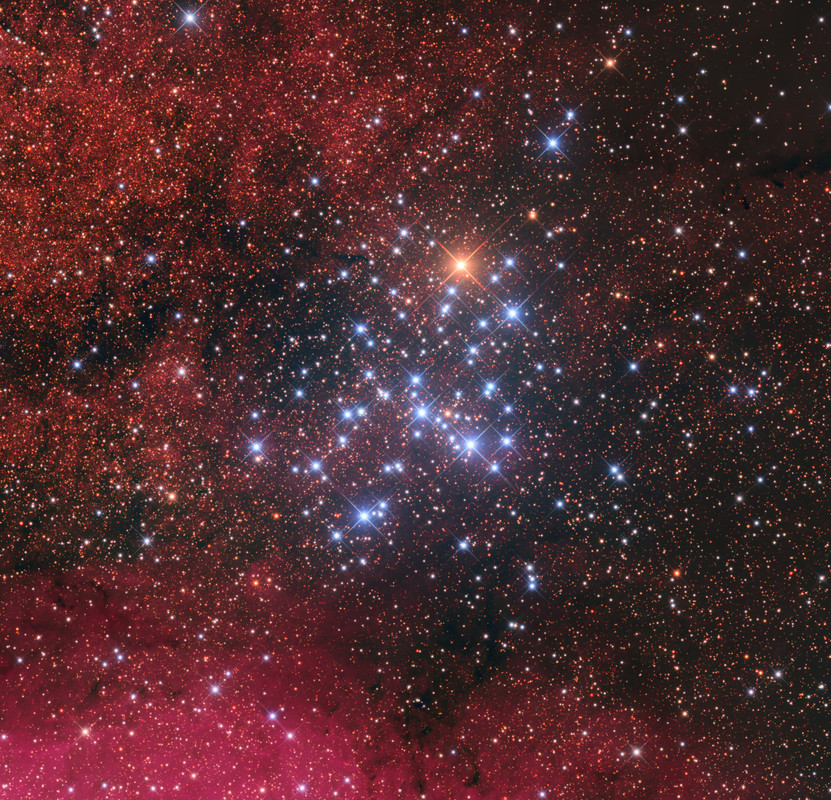
To celebrate the NASA/ESA/CSA James Webb Space Telescope’s third year of highly productive science, astronomers used the telescope to scratch beyond the surface of the Cat’s Paw Nebula (NGC 6334), a massive, local star-forming region. This area is of great interest to scientists, having been subject to previous study by NASA’s Hubble and retired Spitzer space telescopes, as they seek to understand the multiple steps required for a turbulent molecular cloud to transition to stars.
With its near-infrared capabilities and sharp resolution, the telescope “clawed” back a portion of a singular “toe bean,” revealing a subset of mini toe bean-reminiscent structures composed of gas, dust, and young stars.
Webb’s view reveals a chaotic scene still in development: Massive young stars are carving away at nearby gas and dust, while their bright starlight is producing a bright nebulous glow represented in blue. This is only a chapter in the region’s larger story. The disruptive young stars, with their relatively short lifespans and luminosity, will eventually quench the local star formation process.
The Cat’s Paw Nebula is located approximately 4,000 light-years away in the constellation Scorpius.
